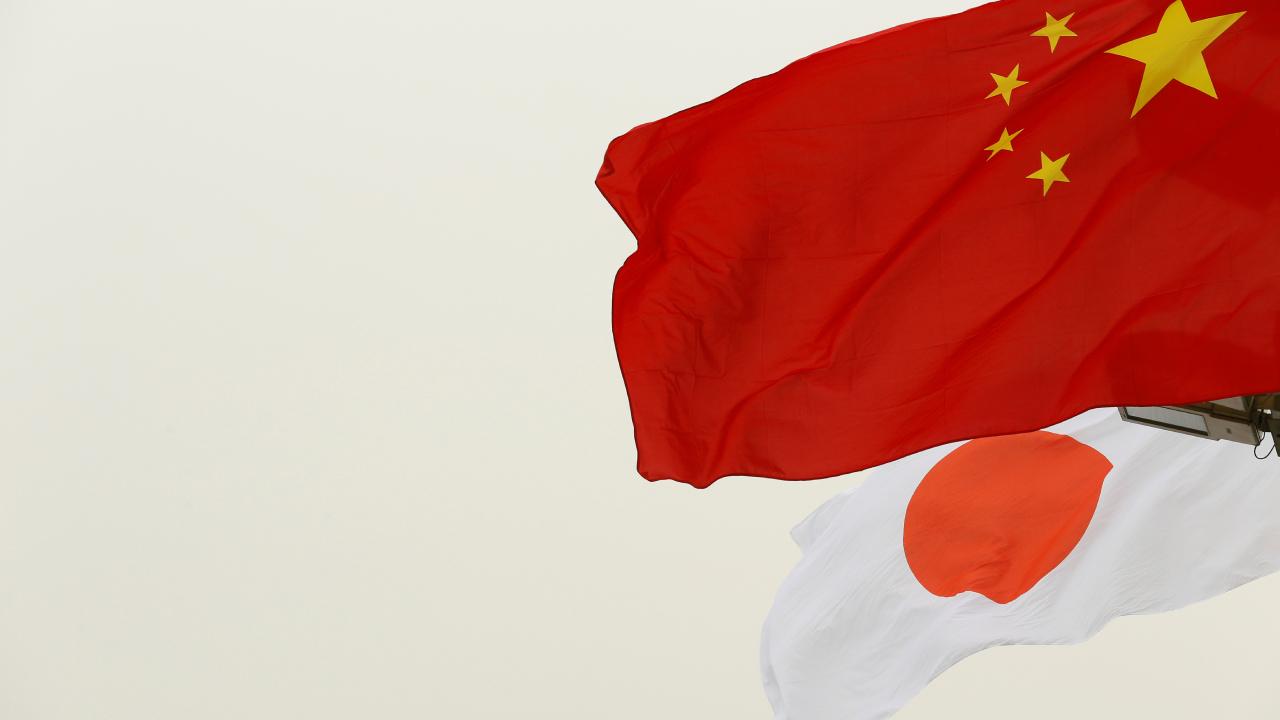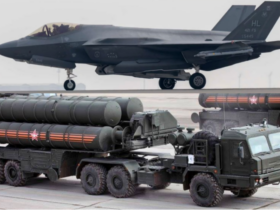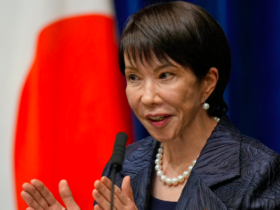Japan doesn’t seek to confront China directly, but it will so do if driven to it.
Japan doesn’t seek to confront China directly, but it will so do if driven to it.
By Mehmet Enes Beşer
Japan’s foreign policy in the 21st century is in the midst of a tectonic change. No longer influenced by its pacifist constitution and intimate alliance with the United States, Japan now is reasserting its strategic autonomy and revamping its security infrastructure in reaction to a demanding China. While as Indo-Pacific geostrategic stakes mount—around Taiwan, in the South China Sea, and over the East China Sea—danger of conflict between Tokyo and Beijing becomes tangible again. While Japanese foreign policy is undoubtedly modifying to respond to more assertive China, nonetheless, it remains fundamentally defensive, conservative, and integrally entwined within greater multilateral diplomacy and deterrence alliance strategy. In measuring China-Japan war likelihood, it is necessary to uncover both Tokyo’s structural context and strategic motivation of activity.
Historical and geographically territorial origins lie behind modern tensions between China and Japan. The Senkaku/Diaoyu Islands issue has been an ongoing hot point with frequent Chinese incursion into Japanese asserted air and sea space for decades. Japan’s China threat fixation has been exacerbated by the expansionism of Beijing in the guise of artificial island militarization, grey-zone activities in the East China Sea, and stepped-up naval operations in seas that Japan regards as vital to its energy interests and commercial ties.
Japan’s 2022 National Security Strategy confirms this reality in being the first official document to refer to China as the “greatest strategic challenge” explicitly and to pledge at least a five-year build-up in defense expenditure—to 2% of GDP, thus placing Tokyo on par with NATO levels. To describe Japan as intent on actual confrontation, though, overlooks significant constraints and strategic nuances.
To begin with, Japan’s pacific constitution, and Article 9 specifically, constitutes a legal as well as normative prohibition against offensive military expansion. Despite reinterpretations of Article 9 under earlier Prime Minister Shinzo Abe to legalize collective self-defense and more expansive missions for the Self-Defense Forces, there is no political will to revise the constitution itself. Japanese public opinion still tends to be generally anti-militarist in direction, and rearmament remains the preference, though more so now out of fear of being pulled into regional strife. Second, Japan’s foreign policy toolkit is more diplomatic and economic and not exclusively military. Japan has developed a close network of strategic friendships under its FOIP vision, initially with the Quad countries (the United States, Australia, and India) to deter coercion without causing actual escalation.
Japan is also most dedicated to multilateralism, positively engaging ASEAN forums, leading infrastructure investment under the Partnership for Quality Infrastructure, and facilitating engagement with the European Union. These steps aim to organize the regional order short of triggering bipolar war. Third, Japan’s security calculations are greatly determined by its alliance with America, making possible deterrence as well as restraint. The U.S.-Japan Security Treaty remains the foundation of Japanese defense policy, including Washington’s assurances of defending Japanese-held islands such as the Senkakus. The alliance has the consequence of restraining Japan from acting uni- or provocatively, though. Japan’s worst nightmare is that miscalculation will drive the U.S. into an arms race with China—a prospect neither Tokyo nor Washington wants. Meanwhile, there can be little doubt that Japan is making contingency plans.
The fresh choice to acquire counterstrike capacity—i.e., extended missiles to strike rival bases—is a major departure.
These capabilities are framed as being entirely defensive and directed towards deterring attack, i.e., North Korean missile attack or Chinese blockade of Taiwan. But to Beijing, they seem escalatory, igniting a regional security dilemma. Greater interoperability between US and Japanese military forces, bilateral defense exercises between the two countries, and new security arrangements with the Philippines and the UK also demonstrate Japan’s preparedness for contingency operations, especially in the Taiwan Strait region. Taiwan itself, however, is the geopolitical fulcrum around which much of this tension revolves. Taiwan’s stability is Japan’s security, geographically speaking, with the island strategically located with sea lanes running through its waters.
The Tokyo metropolitan government has, recently, been one of the nervous voices in the event of a Taiwan crisis, with some going so far as to make assumptions that a Chinese invasion would require Japan’s intervention. Although the formal policy still adheres to the One China policy, Japan’s engagement with Taiwan in unofficial matters, economic ties, and parliamentarian contacts has been on the rise. Gradual exposure to Taiwan will certainly be more, and if the Chinese government believes it is a red line, then it would be less inclined to invite a confrontation. The likelihood of a real war between China and Japan is still minimal in the near term. The two nations are so economically interdependent that Japan’s largest trading relationship is with China.
Japanese business circles are still cautious about losing Chinese markets, and even among political elites, there is a sense that managing, not confronting, China is prudent. Tokyo’s diplomatic rhetoric still focuses on stability, the rule of law, and conflict resolution through peaceful means. Japan’s effort to build deterrence is not coupled with a desire to raise the stakes, but rather begs as an umbrella for a more dangerous neighborhood.
Conclusion
Japan’s foreign policy is actually coming into a new era—one that’s more assertive, more defensive, and more openly aligned with other democratic powers in the Indo-Pacific. But that recalibration should not be confused as a rush to confrontation.
Japan doesn’t seek to confront China directly, but it will so do if driven to it.
Japan’s recalibration of strategy is not offense-based but resilience-driven: securing the capacity to deter coercion, safeguard interests, and uphold a rules-based regional order. The threat of war does not stem from Japan becoming more bellicose, but from the situation in regional security worsening due to Chinese belligerence, namely around Taiwan and contested seas. The real threat is miscalculation and escalation through error—something that Japan is trying its best to avoid with diplomacy, politics of the alliance, and graduated deterrence. In the end, Japan’s foreign policy remains a balancing act. It keeps its options open between diplomatic restraint and strategic firmness, between constitutional pacifism and readiness for security. Whether this balance will endure will depend not only on Japanese choice, but on Chinese action and on the determination of the international community in securing peace in a more contested Indo-Pacific.

















Leave a Reply